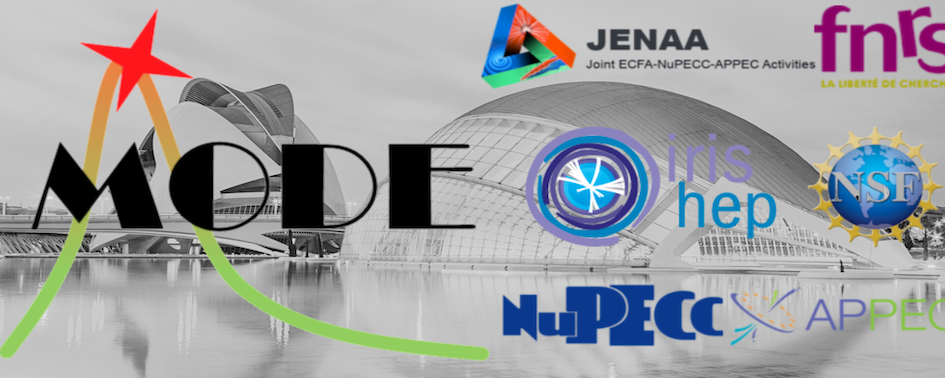Speaker
Description
This presentation will describe a NASA project called the Universal Simulation and Modelling Language (USML) that is used as the computational engine for a mission called the Active Learning Physics Simulator (ALPS).
Background:
When performing physical simulations, there is a tradeoff between accuracy and computation time. For example, atomic-scale simulations are highly accurate but may be computationally intractable for larger lengthscales. Models must be hand-designed by scientists, and the accuracy of a model outside of its specific regime is uncertain. This is a particular problem for neural networks. Additionally, the underlying physics of a system may not be fully known, meaning that a model should be able to adapt itself to new information. We have addressed this problem through differentiable graph-based modelling.
Methodology:
The Minimum Description Length principle states that best explanation for a given set of data is the shortest description of that data. For some system described by model M, we can postulate an optimum graph-based language G that minimizes the description length of M in G. In a sense, this is a mathematical description of human intuition. Any Turing-complete programming language can be formulated into a graph notation where the nodes represent collections of properties and functions and the edges represent communication between nodes. By constructing a graph-based language for simulation, differentiability occurs as a natural consequence.
Results:
Early results of this project show promising versatility when applied to different domains. Tests on both atomic simulations and fluid-dynamics simulations produce a series of optimized models that range from fast-and-approximate to complex and highly accurate. This is accomplished by three key mechanisms: 1. Differentiability of graph objects allows for fast optimization, 2. The graph adapts to new information by expanding into higher dimensions and recompressing by removing edges through annealing, and 3. The uncertainty in each element of the graph is easy to measure, which allows for intelligent sampling of new information based on a model’s greatest areas of uncertainty. Item 3 in particular leads systematically to the Optimum Design of Experiments (ODE).
Conclusion:
Because the USML is abstracted away from everything except information theory and graph theory, the technology is truly domain-agnostic. In the future, we plan to use this technology both to accelerate scientific discoveries and to generate optimized engineering designs within the NASA agency. Additionally, there are multiple applications in various fields of particle physics. By presenting this work at the MODE workshop, we hope to share and improve this technology through communication with international collaborators.
